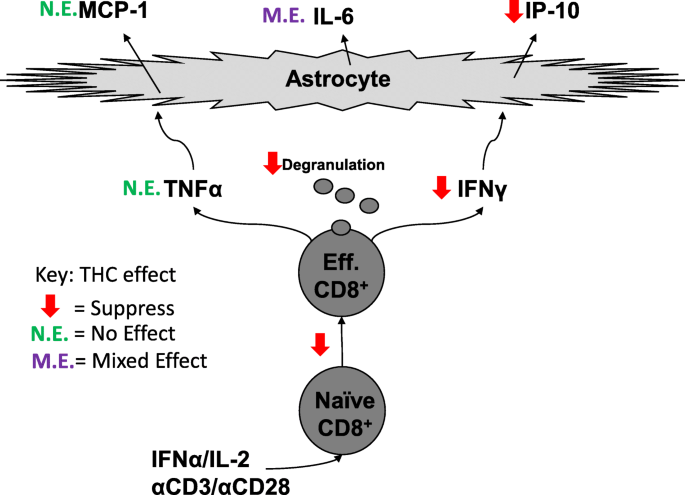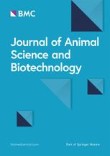 “There is concern that recreational marijuana legalization (RML) may lead to increased cannabis use disorder (CUD) among youth due to increased marijuana use.
“There is concern that recreational marijuana legalization (RML) may lead to increased cannabis use disorder (CUD) among youth due to increased marijuana use.
This study investigates whether adolescent substance use disorder treatment admissions for marijuana use increased in Colorado and Washington following RML.
RESULTS:
Over all states in the analysis, the rate of adolescent treatment admissions for marijuana use declined significantly over the study period (β=-3.375, 95 % CI=-4.842, -1.907), with the mean rate falling nearly in half. The decline in admissions rate was greater in Colorado and Washington compared to non-RML states following RML, though this difference was not significant (β=-7.671, 95 % CI=-38.798, 23.456).
CONCLUSION:
Adolescent treatment admissions for marijuana use did not increase in Colorado and Washington following RML. This may be because youth marijuana use did not increase, CUD did not increase (even if use did increase), or treatment seeking behaviors changed due to shifts in attitudes and perceptions of risk towards marijuana use.”
https://www.ncbi.nlm.nih.gov/pubmed/32222560
“Youth treatment admissions in Colorado and Washington did not increase after RML. Admissions for 2008–2017 declined in both Colorado/Washington and non-RML states.”
https://www.sciencedirect.com/science/article/abs/pii/S0376871620301253?via%3Dihub

 “The endocannabinoid system (ECS) comprises the canonical receptor subtypes CB1R and CB2R and endocannabinoids (anandamide, AEA and 2-arachidonoylglycerol, 2-AG), and a “non-canonical” extended signaling network consisting of: (i) other fatty acid derivatives; (ii) the defined “ionotropic cannabinoid receptors” (TRP channels); other GPCRs (GPR55, PPARα); (iii) enzymes involved in the biosynthesis and degradation of endocannabinoids (FAAH and MAGL); and (iv) protein transporters (FABP family).The ECS is currently a hot topic due to its involvement in cancer and pain.
“The endocannabinoid system (ECS) comprises the canonical receptor subtypes CB1R and CB2R and endocannabinoids (anandamide, AEA and 2-arachidonoylglycerol, 2-AG), and a “non-canonical” extended signaling network consisting of: (i) other fatty acid derivatives; (ii) the defined “ionotropic cannabinoid receptors” (TRP channels); other GPCRs (GPR55, PPARα); (iii) enzymes involved in the biosynthesis and degradation of endocannabinoids (FAAH and MAGL); and (iv) protein transporters (FABP family).The ECS is currently a hot topic due to its involvement in cancer and pain. “CD8+ T cells can contribute to neuroinflammation by secretion of inflammatory cytokines like interferon γ (IFNγ) and tumor necrosis factor α (TNFα). Astrocytes, a glial cell in the brain, can be stimulated by IFNγ and TNFα to secrete the inflammatory cytokines, monocyte chemotactic protein 1 (MCP-1), interleukin 6 (IL-6), and interferon-γ inducible protein 10 (IP-10).
“CD8+ T cells can contribute to neuroinflammation by secretion of inflammatory cytokines like interferon γ (IFNγ) and tumor necrosis factor α (TNFα). Astrocytes, a glial cell in the brain, can be stimulated by IFNγ and TNFα to secrete the inflammatory cytokines, monocyte chemotactic protein 1 (MCP-1), interleukin 6 (IL-6), and interferon-γ inducible protein 10 (IP-10).
 “Cannabis benefits patients with inflammatory bowel disease (IBD).
“Cannabis benefits patients with inflammatory bowel disease (IBD). “The synthetic atypical cannabinoid Abn-CBD, a
“The synthetic atypical cannabinoid Abn-CBD, a  “Recently, several studies have reported that the pharmacological effects exerted by
“Recently, several studies have reported that the pharmacological effects exerted by  “In the sports domain, cannabis is prohibited by the World Anti-Doping Agency (WADA) across all sports in competition since 2004. The few studies on physical exercise and cannabis focused on the main compound i.e. Δ9-tetrahydrocannabinol.
“In the sports domain, cannabis is prohibited by the World Anti-Doping Agency (WADA) across all sports in competition since 2004. The few studies on physical exercise and cannabis focused on the main compound i.e. Δ9-tetrahydrocannabinol.  “The oil from industrial hemp seeds (
“The oil from industrial hemp seeds (